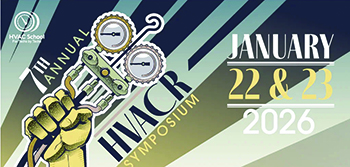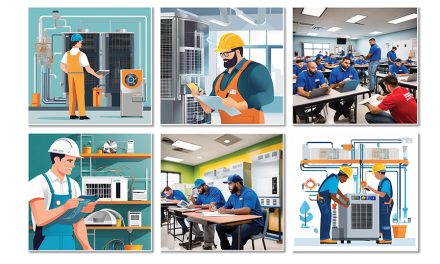Defining High Performance
One organization that I’ve always admired is National Comfort Institute (NCI) because of how they define and live out the principles of High-Performance HVAC™. They’ve been setting the bar in that regard for a long time.
For me, high performance means approaching every job with design thinking — testing before and after installation, verifying that the system works as intended, and continually improving.
It’s like fine-tuning a race car. You’re not just installing boxes and wiring them up — you’re crafting something to achieve a specific performance outcome. That’s where true craftsmanship lives.
Why Training Makes Homes Healthier and Safer
Good training leads to good outcomes for both technicians and customers. When we focus on fundamentals like airflow, filtration, and combustion testing, we make homes safer, healthier, and more comfortable.
People breathe better, experience fewer temperature swings, and their systems last longer and operate more efficiently.

That’s the ultimate goal for Symposium, for Kalos Services, and for the industry: comfort, health, and longevity for both people and equipment.
Getting Addicted to Doing It Right
One of the coolest things to witness is when a technician gets hooked on testing.
You hand them a TrueFlow Grid or a combustion analyzer, they take a few readings, and suddenly they see what’s really going on in a system. That’s when high-performance clicks for them. That is their “ah-ha!” moment.
Once they’ve experienced that, there’s no going back.
I joke that contractors are “the drug dealers of HVAC” — except the addiction is based on testing, measuring, and verifying performance. Once you feel that rush of doing great work and knowing it’s right, you’re hooked for life.
Blending Fundamentals and Field Experience
There’s no real divide between “fundamentals” and “advanced” topics once you’re chasing excellence. They all connect.
To do great work, you must understand the first principles — airflow, heat transfer, and combustion — and then apply them consistently in the field. That’s why the HVAC Symposium’s sessions are taught by people who know what’s really happening out there.
It’s all about real-world application. No ivory towers. Just HVAC pros learning from each other.
Making Time for Learning
I know how hard it can be for contractors to carve out time for training. But it doesn’t have to be complicated or expensive.
Do what you can with what you have.
Start with one hour a week. Use free resources — podcasts, YouTube, forums. When the slow season comes, invest in live training from NCI or events like the Symposium.
Click Below for the Next Page:













Recent Comments